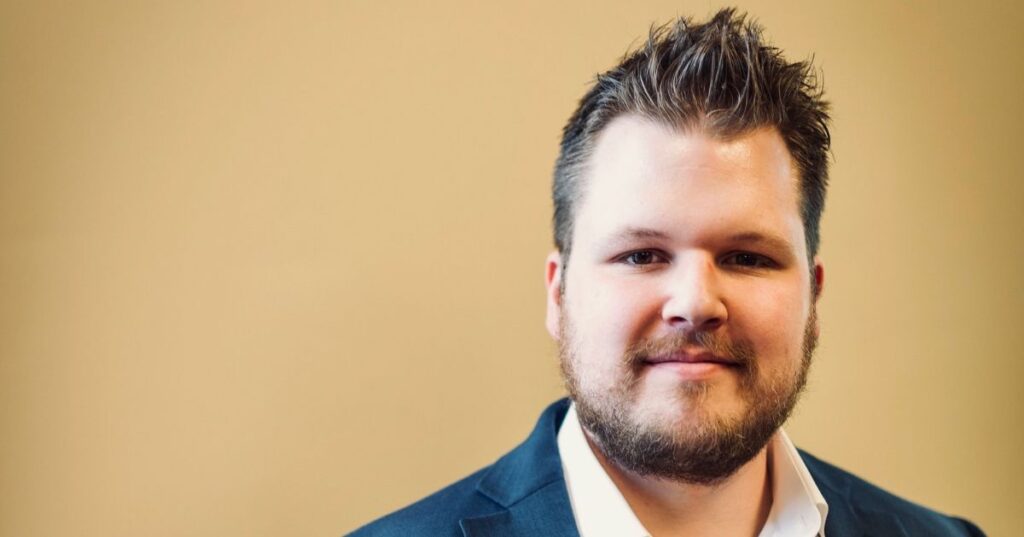When TV Lies: The Rise of AI Anchors and the Blurred Line Between Real and Fake
Welcome to a moment where broadcast images no longer guarantee reality, and a prime-time investigation asked, “Will AI Take My Job?” The special laid out the facts, and then revealed the twist: the anchor who delivered the report was an AI creation.
The host on the United Kingdom’s show immediately went viral. She said, “AI is going to touch everybody’s lives in the next few years. And for some, it will take their jobs. Call center workers? Customer service agents? Maybe even TV presenters like me. Because I’m not real. In a British TV first, I’m an AI presenter. Some of you might have guessed: I don’t exist, I wasn’t on location reporting this story. My image and voice were generated using AI.”
The program said the network had no plans to replace human hosts with AI, but the stunt carried a warning. “But this stunt does serve as a useful reminder of just how disruptive AI has the potential to be — and how easy it is to hoodwink audiences with content they have no way of verifying.”
That warning matters because you can no longer trust only your eyes and ears to confirm what is true. Early AI fakes had obvious glitches — off fingers, gibberish text — but those defects are fading fast as the tech improves.
OpenAI released Sora 2, expanding access to video and image generation, and the move set off an immediate reaction from the entertainment industry and estates. Bryan Cranston and SAG-AFTRA pressured OpenAI to limit the use of famous faces, and OpenAI paused the use of figures like Martin Luther King Jr. after manipulated, disparaging clips appeared.
Those steps are understandable, yet enforcement looks tricky over the long run. Parody and satire are protected, and while SNL can spoof a public figure, nothing stops everyday users from doing the same with AI tools at home.
At the same time, people are turning to AI for deeply personal reasons, using it to recreate voices and faces of those they lost. Alan Hamel, 89, recreated his late wife with an AI “Suzanne AI Twin” after 55 years of marriage, pursuing a form of comfort that technology now makes possible.
He said, “It was Suzanne. And I asked her a few questions and she answered them, and it blew me and everybody else away … When you look at the finished one next to the real Suzanne, you can’t tell the difference. It’s amazing. And I mean, I’ve been with Suzanne for 55 years, so I know what her face looks like. When I just look at the two of them side by side, I really can’t tell which one is the real and which one is the AI.”
Expect this tug-of-war to continue: some will reject AI, others will embrace it, and many will sit somewhere in between. If you follow social media, TV, movies, or streaming, AI-generated content will increasingly be part of the mix.
I recently spotted an AI-created commercial during a broadcast, and it’s only a matter of time before politicians, marketers, and creators use AI to make quick, sharable clips. Influencers and media producers will lean on the tools to scale output and chase viral reach.
Think of AI as a mirror that reflects human ideas, biases, and desires back at us. It doesn’t invent a moral code of its own; it synthesizes what we feed it, complete with the good, the bad, and the ugly that live in human culture.
There are also concrete stakes beyond entertainment: business and military uses are driving rapid investment, and nations and companies are racing to secure advantage. We are in a new kind of “space race” centered on algorithms and compute, and strategic winners will gain significant economic and geopolitical leverage.
Which brings us back to the meaning of authenticity: what is “real” can no longer be assumed from sight or sound alone. OpenAI’s ChatGPT launched in November of 2022, and in about three years this LLM-driven shift has already upended media trust and expectations.
This is a multi-trillion-dollar contest everyone can access, and the world is changing one prompt at a time. As tools spread, the question for viewers, regulators, and creators will be how to adapt to a media landscape where seeing is no longer believing.



